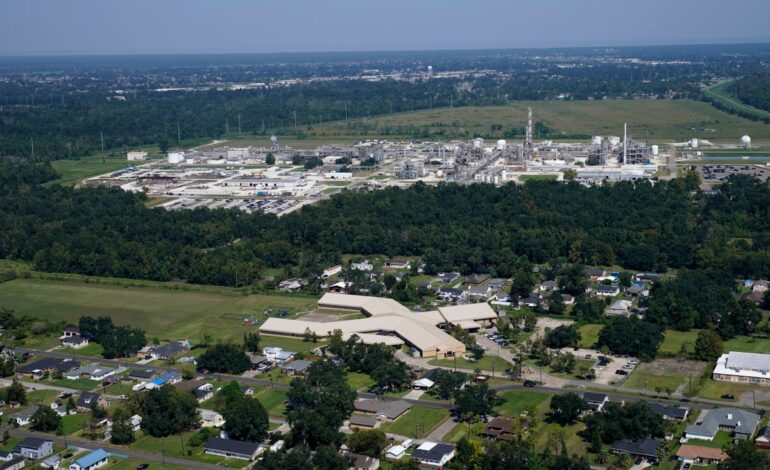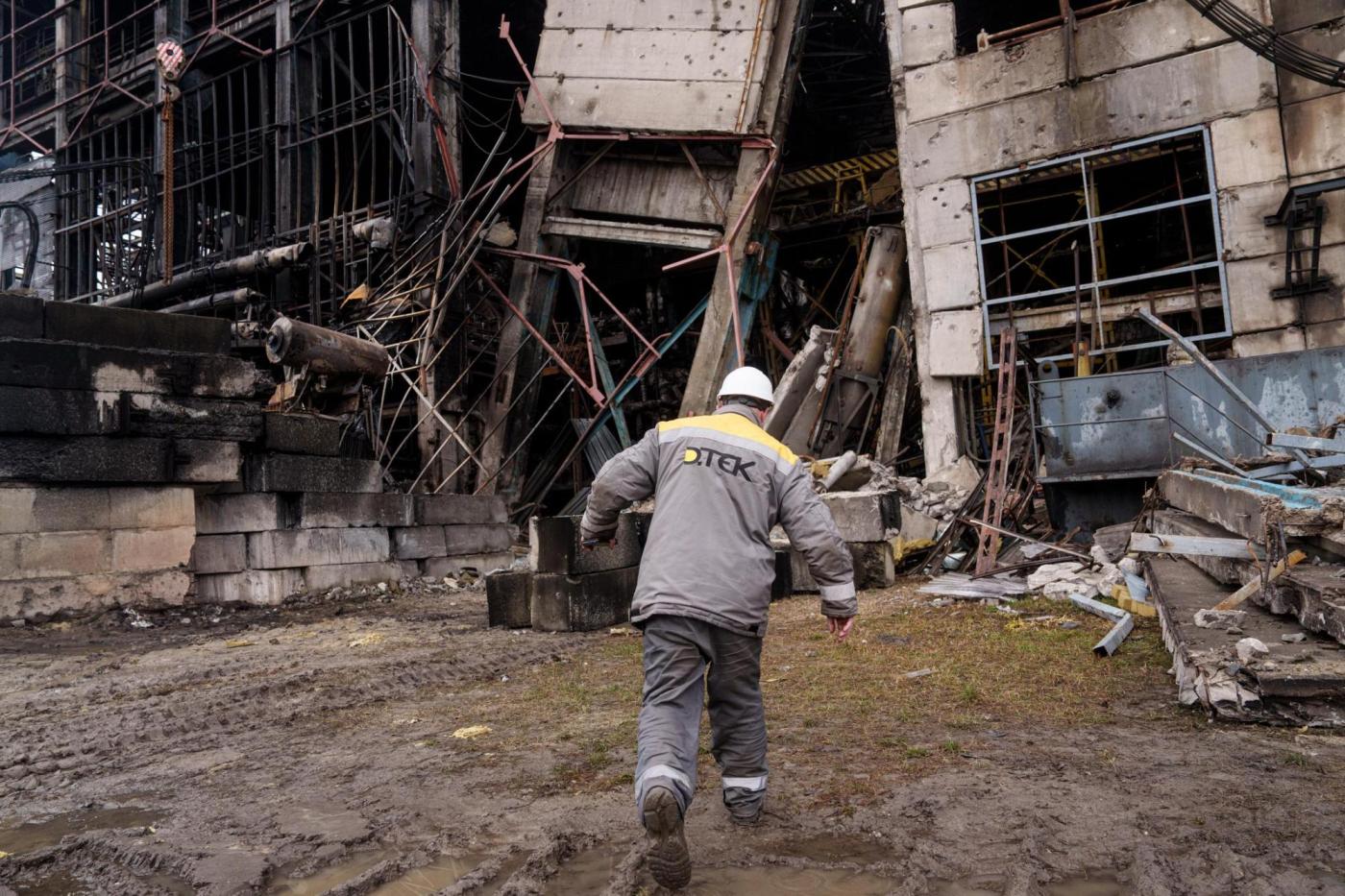Urgent Warning: 5,500 US Hazardous Sites at Risk of Flooding

UPDATE: A shocking new study reveals that 5,500 hazardous sites across the United States are at imminent risk of flooding due to rising sea levels, with potential impacts felt as early as 2050 if current fossil fuel emissions continue unchecked. Researchers emphasize that this environmental crisis poses severe health risks for nearby communities, particularly affecting marginalized groups.
The study, published in the journal Nature Communications, warns that these sites—including areas that store or handle dangerous materials like oil, gas, and sewage—are vulnerable to coastal flooding by the year 2100. Alarmingly, over half of these locations could see flood risks much sooner, heightening concerns for local populations.
Dr. Lara J. Cushing, co-author of the study and an associate professor at the University of California, Los Angeles, stated, “Our goal with this analysis was to try to get ahead of the problem by looking far out into the future.” She highlighted the critical window of opportunity to mitigate risks and enhance community resilience.
The study indicates that even modest reductions in emissions could prevent approximately 300 sites from flooding by the century’s end. The Environmental Protection Agency funded this research, building on previous findings related to climate change and its accelerating effects on sea levels.
Coastal regions in states like Louisiana, Florida, New Jersey, and Texas are particularly at risk. According to the National Oceanic and Atmospheric Administration, factors such as land sinking and erosion mean these areas are experiencing sea level rise faster than the global average.
“This is a really important study that the public, policy makers, and government agencies need to make note of,” said Thomas Chandler, managing director at the National Center for Disaster Preparedness at Columbia University. The findings underscore the urgent need for federal, state, and local governments to invest heavily in hazard mitigation strategies.
The potential health hazards are alarming. Communities near industrial sites may face exposure to harmful bacteria and pollutants during flood events. Sacoby Wilson, professor at the University of Maryland, warned that exposure could lead to serious health issues, including gastrointestinal infections, respiratory problems, and long-term organ damage.
Researchers classified thousands of hazardous sites along coastal areas, identifying their projected flood risks based on historical data and future climate scenarios. They found that nearly 80% of these at-risk sites are located in just a handful of states, raising concerns for millions of residents who could be affected.
The urgency of this situation cannot be overstated. As climate change continues to drive severe weather patterns and rising sea levels, the need for coordinated action becomes increasingly critical. Local governments must prioritize integrating climate risk assessments into their disaster preparedness strategies to safeguard vulnerable communities.
As this study highlights, the time to act is NOW. Immediate attention and action are essential to protect these communities from the impending dangers of climate change.
Stay tuned for updates on this developing story and the actions being taken to address these urgent environmental threats.






